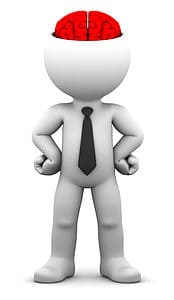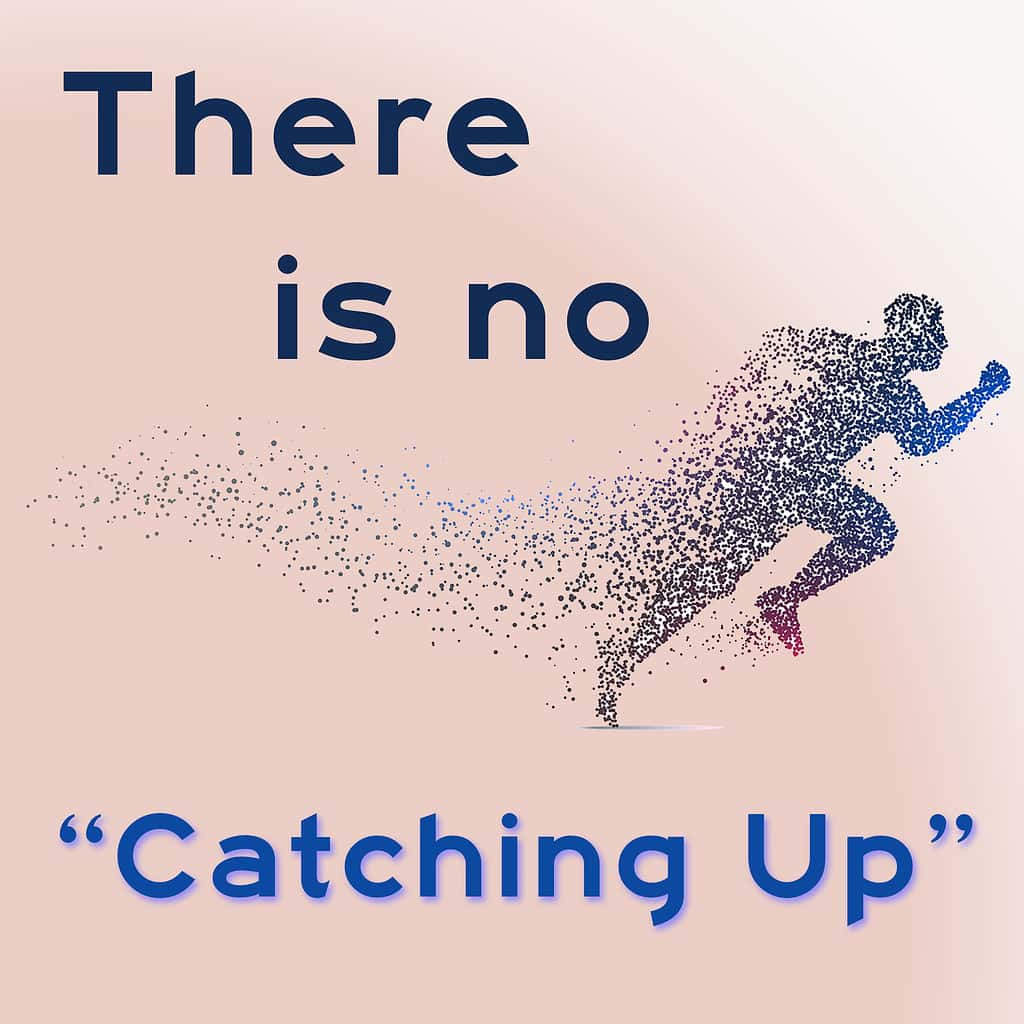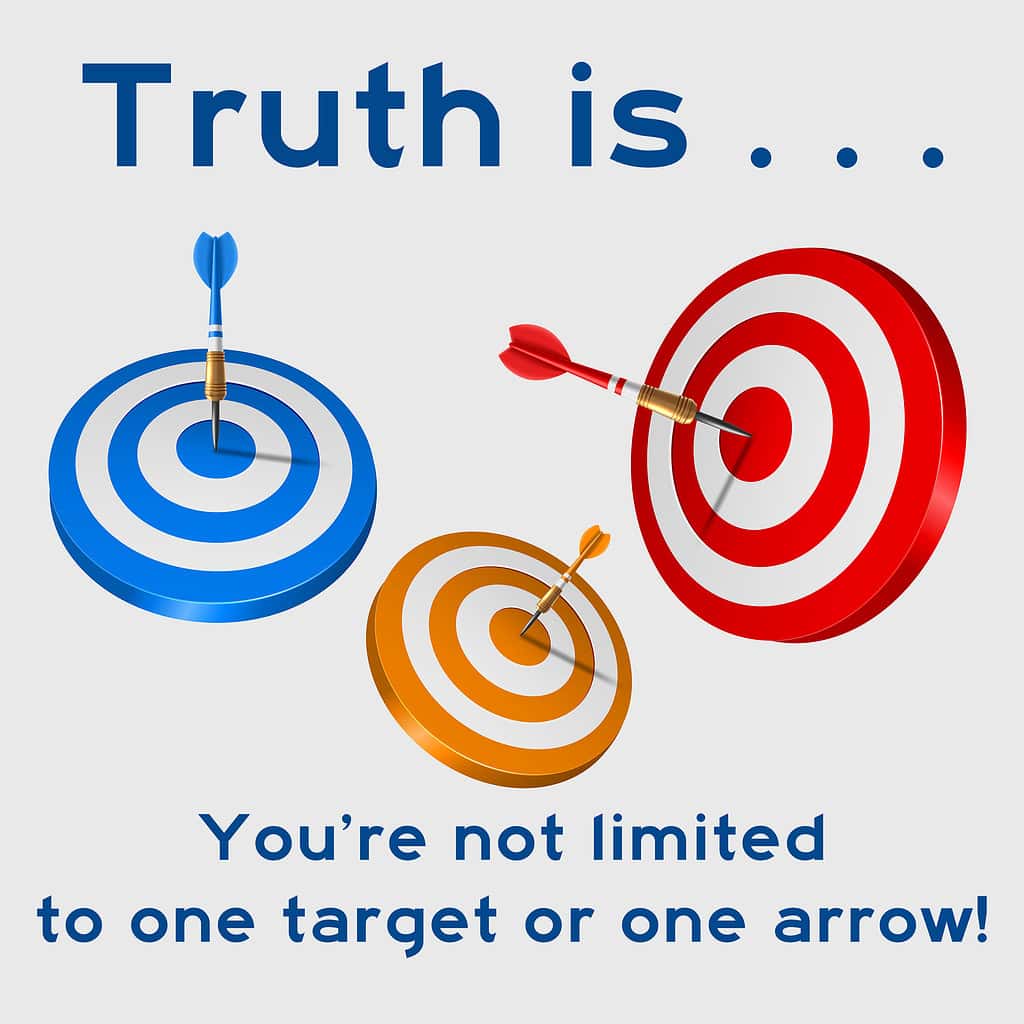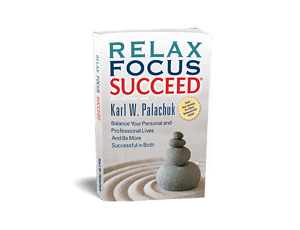Over the last year I’ve consumed a large number of books on habits. Creating habits, breaking habits, good habits, bad habits, etc.
 It’s interesting how much we focus on the physical side of habits. For example, in your morning routine. You probably do the same things in the same order almost every day of your life. SO: Adding a new habit to that routine is difficult. You’ve created a box of time and packed it full of things that need to be done within that time. So it’s hard to wedge one more thing into the box.
It’s interesting how much we focus on the physical side of habits. For example, in your morning routine. You probably do the same things in the same order almost every day of your life. SO: Adding a new habit to that routine is difficult. You’ve created a box of time and packed it full of things that need to be done within that time. So it’s hard to wedge one more thing into the box.
Those things are physical. Get up. Got to the bathroom. Make coffee. Brush teeth. Activity. Activity. Activity.
Mental activities are also habits. And one could argue they are harder to recognize and harder to change. It takes a certain mindfulness to examine yourself in real time and explore what you’re thinking.
For example, when I’m given advice to change something in my life, I am immediately resistant. It doesn’t matter whether the change is large or small. It doesn’t even matter if it comes from a stranger or a trusted friend who is extremely knowledgeable on the subject. The strange thing is: I’m surprisingly open to recommendations and criticism. Even in my mastermind groups, I have to remind people that I’m far more open than I appear to be.
So my first reaction is resistance, followed by contemplation when I’m alone and don’t have to worry about the responses of others. Then I try to look at the advice I’ve been given. And very often I take that advice. But I still acknowledge my mental habit of resisting as a first response.
Think about your mental self-talk. Is there a lot of “I’m not good enough” or “I need to change …” talk inside your head? Those are patterns. They are habits of thinking. Spend an hour trying to keep track of where your mind wanders and your first responses to things. After all, you’re awake most of your life and your brain is always working. What’s it working on?
Mental habits are hard to change. Unlike physical habits (which are also hard to change), mental triggers are harder to spot sometimes. If a driver cuts you off and you become angry or judgmental, it’s easy to see the trigger. But what about if you’re just walking down the street or driving peacefully and your brain starts chattering on about all the problems in your life? What was the trigger? How do you step back from the current mindset and try to find the trigger?
When changing a physical habit, we first recognize the trigger. For example, stepping into the line at the grocery store. Let’s say that as soon as you do that, you start eyeing the candy bars and virtually always end up throwing one in the cart. Recognizing that trigger can help you choose to attach a different activity as your response. Maybe you’ll grab sugarless gum. Maybe look at the magazines instead. Or maybe you’ll go in the quick-check line with no candy bars.
The point is, you recognize the trigger-response-reward and begin building a different habit. You start to lay down a different response and reward.
Now consider a mental example. What triggers judgmental attitudes? What is your mental response? What’s the reward? It takes quite a bit of work to identify your responses and rewards – especially if they are purely mental.
If you’re interested in exploring this, I recommend a two-step process. First, spend some quiet time each morning thinking about thinking. Relax, quiet your mind with a few deep breaths. Then just pay attention to the thoughts that wander into your brain. When you recognize a thought, label it. For example, say the word Happy. Then set that thought aside and wait for the next. Label it. Perhaps Hungry or Tired or Frustrated. The interesting thing about our brains is that they never stop. There will always be another thought. It might be a memory, a plan, a worry, or a distraction because a bird flew by.
The goal is to teach yourself to identify your thoughts. You have millions of them every day. And if you’ve never spent time recognizing them, then you won’t be good at it. So the first step is to identify the kinds of thoughts you have. What does a positive thought look like? Or a negative one. Or a self-blaming one. etc. All of that work takes place while you are sitting quietly, trying to simply observe your self.
(The oft-quoted numbers of 50,000-80,000 thoughts per day are literally just made up numbers that got repeated again and again. We don’t have a way to measure how many thoughts we have. But even a little research suggests that it’s much higher than the mythical number.)
The second step is to practice labeling your thoughts as you go through your day. When that driver cuts you off, what goes through your brain? You clearly have a choice about how you react. Your thoughts and reactions are not outside your control. BUT you do have a mental habit of response. Without thinking about it, you have laid down a pattern of response.
You can literally observe yourself as if you are outside yourself. Watch the driver cut you off. Then STOP your brain from responding. Now choose. As you watch yourself respond, try to identify the reward. How does anger or frustration or judgement serve you in this context? What’s the reward? And remember: In the world of the mental, the reward is probably mental. Satisfaction, self-righteousness, fear, anger, pity. Something inside you gets value from a specific mental response. What is it?
Once you recognize the trigger, response, and reward, you can decide whether you want to keep responding in that way. It may be that the answer is yes. It may actually make you feel better and contribute to your happiness. If that’s the case, you are now more fully aware of that.
But if you want to change your response, you also have that choice. For example, you could simply choose to be amused by the driver who cuts you off. Maybe you’ll enjoy pondering whether you’ll catch up to him at the next light. Now you can start to build a new habit. When someone cuts you off, you can slow down a bit and choose to be amused. Your reward is tiny bit of happiness. And if the drivers where you live are anything like the drivers where I live, you’ll have lots of opportunities to practice your new pattern of trigger-response-reward!
One of my favorite sayings is Slow Down, Get More Done. This is another example of that. After all, if you choose to, you can choose how you respond to every little thing in your life.
Habits got you where you are. Habits will get you wherever else you want to be.
🙂







